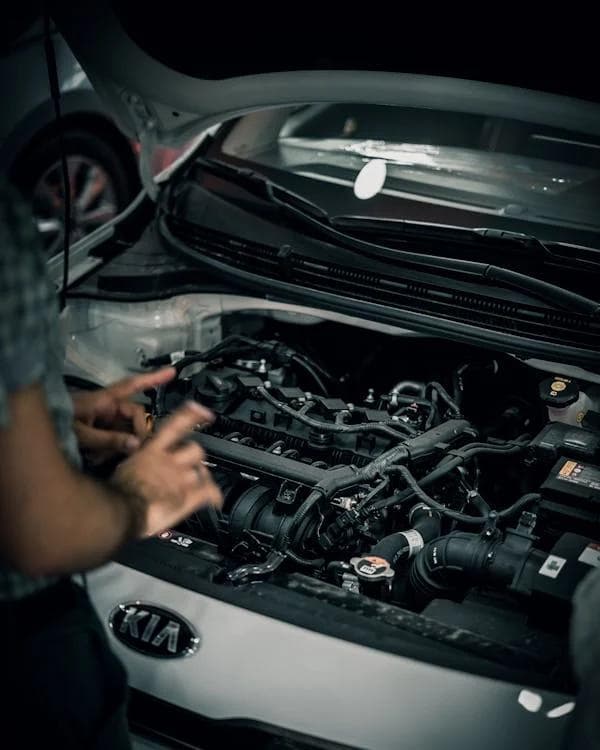How to Diagnose and Repair a P0300 Random Misfire Code in Your Vehicle
Encountering a P0300 code can be concerning as it indicates a random or multiple misfire in your vehicle. This can lead to reduced fuel efficiency, increased emissions, and potentially more severe engine problems if not addressed promptly. This guide will walk you through diagnosing and repairing a P0300 random misfire code, helping you get back on the road smoothly.
Understanding P0300 Code
A P0300 code signifies that one or more cylinders are misfiring but doesn't specify which cylinder. This randomness makes diagnosis slightly more challenging. Misfires can be caused by a variety of issues, including spark plug problems, faulty ignition coils, improper fuel mixture, or even internal engine issues.
Step 1: Initial Diagnosis
Tools You'll Need:
- OBD-II scanner
- Basic hand tools
- Spark plug socket
- Compression tester (optional)
Procedure:
- Read the Code: Use an OBD-II scanner to confirm the P0300 code and note any other codes that may accompany it.
- Visual Inspection: Check for obvious signs of wear or damage to spark plugs, ignition wires, and coils.
- Check for Technical Service Bulletins (TSBs): Sometimes, the manufacturer may have released a TSB related to the misfire issue, which can provide a specific solution.
Step 2: Inspect Spark Plugs and Ignition System
- Remove and Inspect Spark Plugs: Look for signs of wear, fouling, or damage. A spark plug in poor condition can lead to misfires.
- Test Ignition Coils: Use a multimeter to test the resistance of the ignition coils. Compare the readings to the specifications in your vehicle's service manual.
- Inspect Ignition Wires (if applicable): Look for cracks, wear, or damage to the wires.
Step 3: Check Fuel System
- Fuel Pressure Test: Low fuel pressure can lead to a lean mixture and misfire. Use a fuel pressure gauge to test the pressure against the vehicle's specifications.
- Inspect Fuel Injectors: Listen for a consistent clicking sound from the injectors, indicating they are operating. Consider using a professional service to clean or replace clogged injectors.
Step 4: Examine Air Intake and Emission Systems
- Check Air Filter: A clogged air filter can restrict airflow, leading to a lean mixture and misfire.
- Inspect Vacuum Hoses: Look for cracks or leaks in the vacuum hoses, which can disrupt the air-fuel mixture.
Step 5: Engine Compression Test
If the above steps haven't identified the cause, a compression test can help identify internal engine issues such as worn piston rings or valves that could lead to misfires.
Step 6: Repair and Clear the Code
Once the issue is identified, replace the faulty component(s), then clear the P0300 code using an OBD-II scanner. It's crucial to address any accompanying codes as well, as they may be related to the misfire.
Conclusion
Diagnosing and repairing a P0300 random misfire code involves a systematic approach to inspect various systems in your vehicle. While it can be a complex process, addressing this issue promptly can prevent further engine damage and ensure your vehicle runs efficiently. If you're uncomfortable performing these steps, consider seeking professional assistance.
